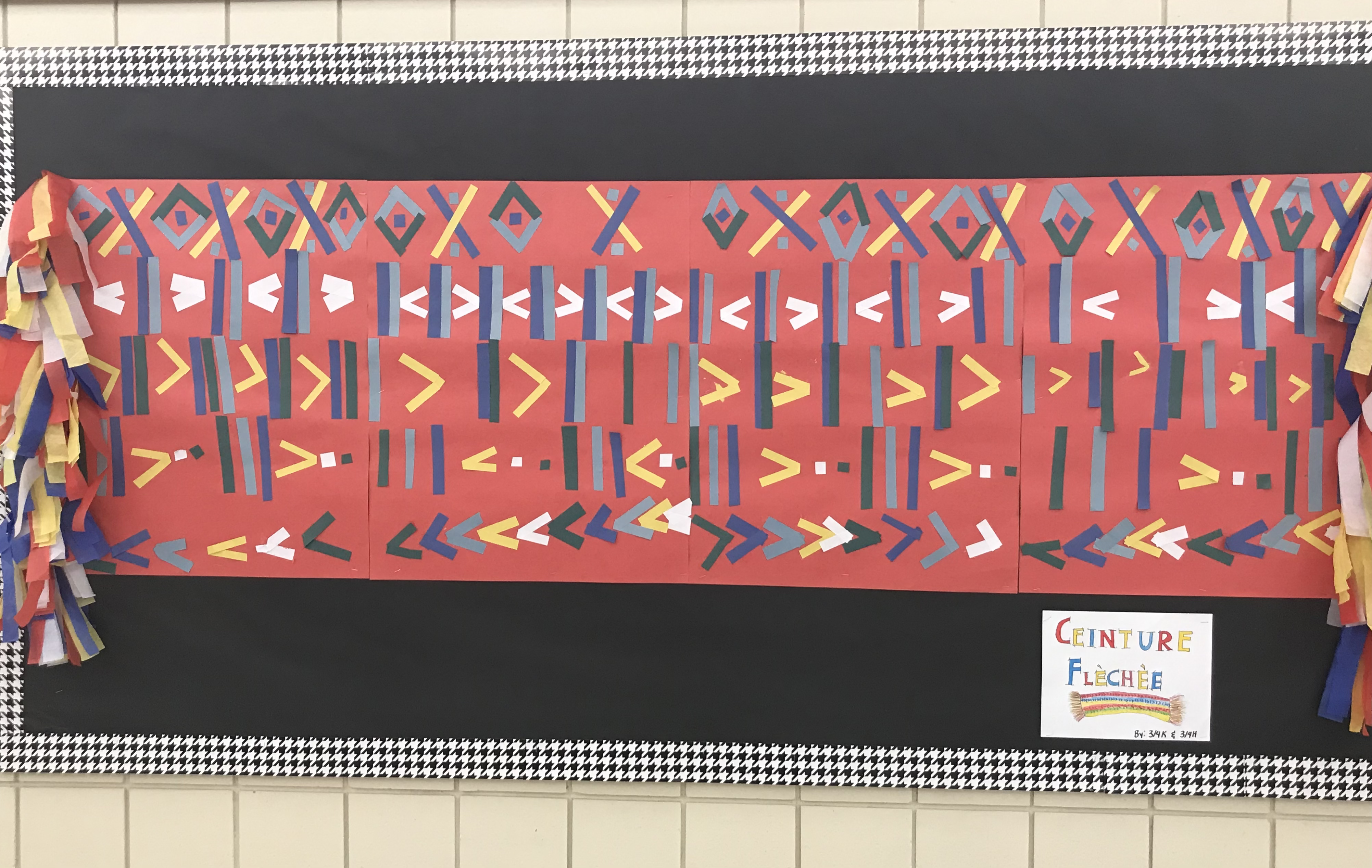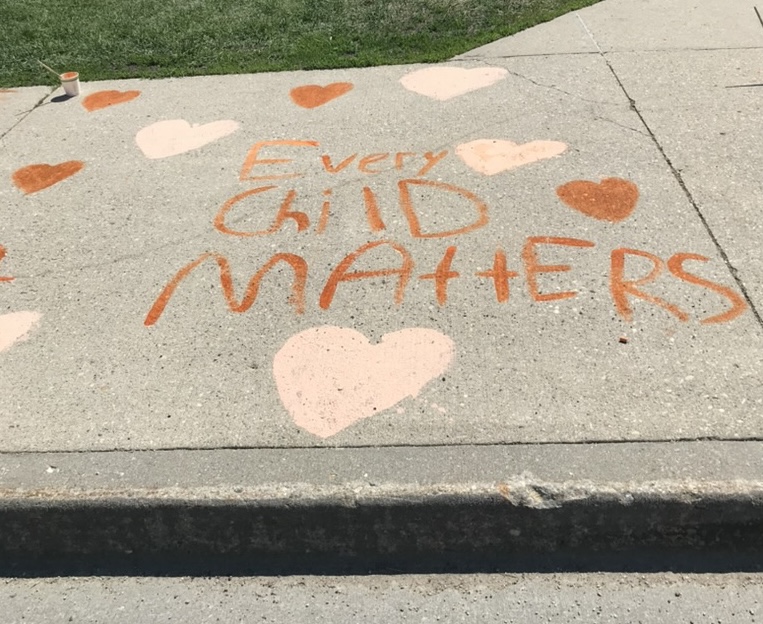Angie Waite,
Elementary School Teacher
Angie Waite has taught a variety of subjects from grades K-8 throughout her eight-year career. She teaches at a suburban school in Winnipeg, Manitoba. About 450 students attend Angie’s K-8 school. Both the teaching staff and the student population are majority white and middle class; however, the school is attracting a growing number of international students, particularly those from China. Many international students arrive in the middle of the school year, which, as Angie states, requires teachers and students to be flexible and adaptable as they welcome new students at different times. Unlike many schools, Angie’s school groups students into multi-age and multi-grade classrooms, so teachers will typically have students from two grades together in their classes at the same time.

Winnipeg, Manitoba

Curriculum & Resources
Teaching in a multi-age, multi-grade elementary school classroom gives Angie, who has an educational background in anthropology and history, ample opportunity to use a cross-curricular approach with plenty of student inquiry.
“I’m in a context where I teach all the subjects, so I bring in social studies to all the other subject areas. I think a lot of other elementary teachers teach each subject separately, but my approach allows me to do lots of cross-curricular and inquiry learning,” Angie explained.
In one example, Angie described lessons she has designed that tie into Winnipeg’s Festival du Voyageur, a celebration of the histories and cultures of Manitoba’s Francophone, Métis, and First Nations peoples. As Angie explained, she has built cross-curricular and inquiry lessons around the ceinture fléchée, a colourful sash worn by French Canadian voyageurs in the early 19th century. Not only does Angie use the object to teach history, but she also uses it to teach mathematics through the study of the object’s patterns, as well as music, language, and culture by tying in French Canadian voyageur folk songs.
Angie’s cross-curricular approach is closely tied to inquiry. As she explained, “I foster a lot of question-asking in my classroom. We often do an exercise where students will take an object like the ceinture fléchée and use a question formulation technique. So, they ask, ‘what do I see?’ and build off of each other’s questions. ‘What is it made of? How was it made? Where and when did they start using it?’ It’s nice for them to explore it a little bit.”
Since Angie often teaches each student for two years as part of her multi-grade classroom, she can see the benefits of cross-curricular and inquiry learning on students’ metacognition as they grow. As Angie shared, “I find some of the conversations that we start in grade three, we can continue all the way through grade four. And I think that that impacts the older students quite a bit because they can be great helpers for the grade threes, especially when it comes to learning how to access information, or knowing routines around the inquiry process.”

Teaching & Learning
Although some teachers might shy away from teaching elementary students about difficult or controversial topics, Angie thoughtfully integrates such content into her teaching, as she knows her students are inquisitive about the world and benefit from her guidance.
One topic that can be difficult to teach elementary students is the history and legacy of residential schools in Canada. When the government of Manitoba recently announced that September 30th, the National Day for Truth and Reconciliation (often called Orange Shirt Day), would be recognized as a statutory holiday in the province, Angie grappled with the need to teach about the holiday so early in the school year.
As she explained, “I often find in September that we all of a sudden are talking about Residential Schools and we’ve only been in school for about two weeks. My first thoughts were, ‘How am I supposed to teach them this at this age group?’”
Over time, Angie has found that her multi-grade classroom context has made it easier to have ongoing, meaningful dialogue with students about residential schools. “Over the two years, that narrative about Orange Shirt Day continues to come back in our conversations, and I feel like I’m able to build that over the two years. It takes a long time to really fully dive into that topic with my students,” Angie explained
Angie also engages her students in discussions of other complex topics that are often directly related to community members and events.
“This spring, one of our trustees went online and said some very negative things about the 2SLGBTQIA+ community. So, it came up in class and I talked about it a little bit and the students were super interested, and outraged that someone would say those things,” Angie shared.
Angie’s willingness to talk openly with and at an appropriate level for her elementary students helps them see that asking questions and talking through uncertainty is an important part of learning.
As Angie put it, “I think a huge part of it is trying to figure out how to make information accessible to my students, while also showing my own vulnerability, and showing that I don’t know all the answers. I think a lot of it is teaching them that they have the same questions that adults have and opening up the space where it’s okay to ask those questions. Some of these things are a little scary for this age group, but they deserve to know about it. They want to know about it.”
Co-created by Angie Waite and Kevin Lopuck
